Yule or Yutilde is the celebration of the winter solstice, it was made by the Germanic people, between them the Vikings. In old Norse it was called Jul or Jol. It was a pre-Christian festival, in those days when the gods ran among the mortals. Yule festival had like duration 12 days. It was dedicated to the family, absent friends, as to fertility, coincided with the winter solstice around December 21.
We don’t know exactly the dates between which it oscillates; for the Vikings this festival, with a duration of almost two weeks, it would have been probably within the final 2 months of the year.
It’s a celebration that is lost on the dawn of time, as the oldest references around this word, we can find it in the primitive German names that designate months of the year: Jeola meas “before Yule” and Aeftera Jeola “after Yule”
In Nordic ”ylir” would have referred to this period of time and Jol would have the event in concrete accorded for what we can find in Skáldskaparmal.
The celebration of the solstice isn’t exclusively Viking, with their variants many ancestral societies have celebrated the change of seasons, honoring the cycles of nature. Nature and the human being form a unbreakable join. The humanity imitated what they saw, loved it and feared it. They repeated it and honored it. And inside of this change Yule is the darkness.
It seemed that the sun took a break before starting the cycle again and for that reason the days of Yule were a moment of rest, an imitation of the sun, once the autumnal works finished and before Benning with those of the following year, it is for this reason that the festival was especially dedicated to fertility because good harvests and property were requested for the year that was about to begin and drank “til aar og fred” for peace and good harvests, a maxim in the Viking idiosyncrasy.
Celebration:
What was this celebration? As in almost all the celebrations that surrounded the life – and death of the Vikings. Yule was celebrated with a great sacrifice or blót to the gods, related to fertility, harvests and protection . Later a great banquet was celebrated where animals that had been sacrificed and the julskinka (the Christmas ham)
The Vikings also had a characteristic of their own for all kinds of celebrations, just as they could not miss the banquet nor could they miss the beer. These made special beers for different events (an example of this are weddings)
And in Yule/Jól, they drank the jólaö (where öl is beer) .
It seems that games and fun wouldn’t have been lacking, as well as another of the maxims of the Vikings idiosyncrasy, the hospitality. We have said that mainly Yule was a family party where they family met and where relatives and absent friends were remembered. In fact, before their graves and in their memory is whether banquet table was placed . For this reason, for this reason they stayed with maximum comfort and affection for those who came, always with the hands full of gifts, an action that would be compensated with hands loaded with gifts back, another Viking characteristic, giving and receiving, they were prepared steam baths to alleviate the cold of the boat trips, dru clothes with which to dress , fluffy beds, fire and , of course, food and lots of drink
Rituals :
It was the tradition of lightning the log of Yule, a large trunk from the previous year, which had to burn all night, it is an “indoor” of litha’s bonfire (the summer solstice, the San Juan bonfire) . It scared the evil spirits, it illuminated the whole evening of the reunion and the ashes scattered through the fields under the belief that they would become fertile and give good harvests for the following year. This tradition is of absolute pagan origin and can be found in many European cultures, not only in the Nordic. Today it is a sweet with a trunk shape, very similar aesthetically to a gypsy chocolate arm.
Yule goat:
The Yule goat. It is one of the Scandinavian Christmas symbols par excellence that today consists of decorating the houses with goat made of braided straw but that probably goes back pagan times, even before the Vikings. the goat used to be the animal that carried the offering for the sacrifices and that in many occasions it was replaced by two dressed with the skins of the animal and and an antlers . It seems that eventually disguised as well become a tradition that was to walk around the town to make people laugh and scare. However, in its most primitive origins,this tradition must have been linked to the god Thor, a god that many only association with war or battles, but who was also the protector god of men, with influence on this climate, harvests, protection or justice. Thor was traveling in a car pulled by two magical goats called Tanngrisnir and Tanngjóstr , they had the peculiarity that Thor could cook them to feed and then revive Nordic-german covering with skin and using the regenerative power of his hammer. In the nineteenth century the goat became the carrier of gifts in Scandinavia, probably as reminiscent of that goat that would have carried of offering,and eventually ended up deriving in the figures of Saint Nicholas or Santa Claus, who in the Nordic countries are called Jultomten, Julenisse or Joulupukki.

Yule Boar:
Or the Christmas ham. It was an ancestral tradition of the Nordic-germanic peoples, as we have seen, to offer a blót (a sacrifice) to Frey, this has come to this day as the typical Christmas ham.A really curious thing in hoe the church adapted it and turned it into a test of authentic conversion and faith for the Jewish converts or the crypto- Jews, as the Jews who had converted but continued to practice their rituals were called , it would have rejected it, conversely, the converts or new Christians would have eaten it.
Wassailing/Wasselling :
It consisted of going from wassai to the town, derived from the Anglo-Saxon “waes hael” which means “be healthy” they went through the town toasting and singing with wassailing bowl, a wooden vessel with the threes and elements of nature in that celebration that asked for fertility and prosperous new year. With time it became the practice to go singing typical songs door, the Christmas carols, or to go singing to the orchards to ask for good harvests.
Yule tree :
A perennial tree was placed in the house, possibly a fir, which represented the Yggdrasil, the tree of life or the universe in norse mythology, which they decorated. More than likely here comes the tradition of the Christmas tree.
Others:
Carry our a night vigil, together with family and friends, in a large banquet and feast waiting for the new sun to leave,leave a candle lit next to the window or decorate the houses with mistletoe, which from the oak, a very appreciated and used by the Nordics.



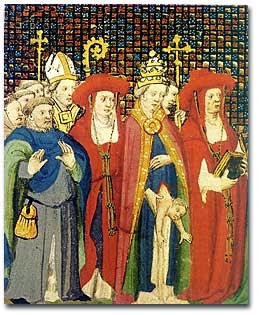

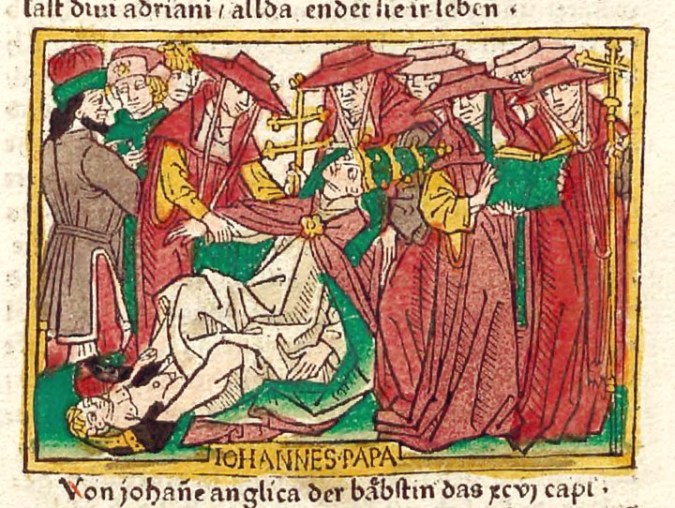








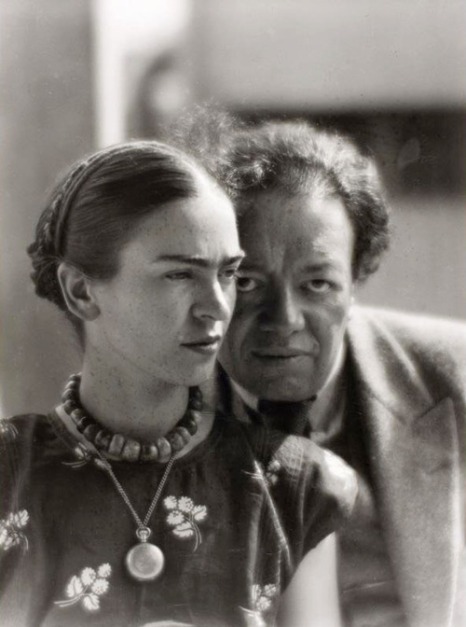



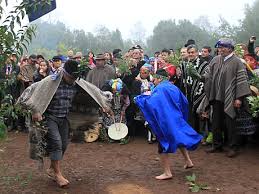





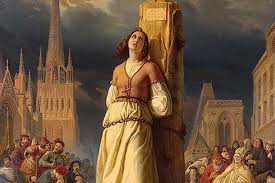

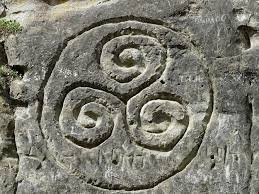
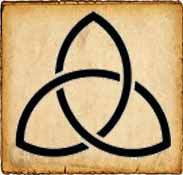
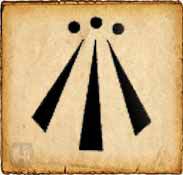
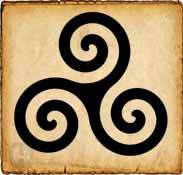
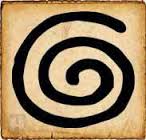
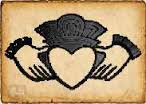
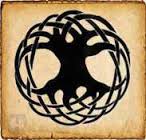
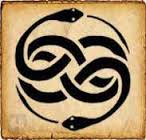
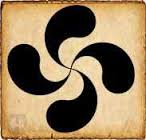
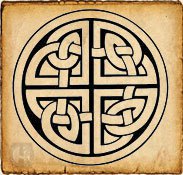

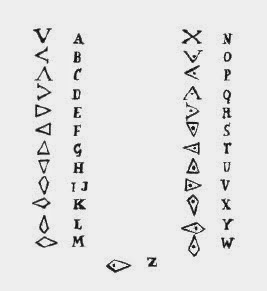
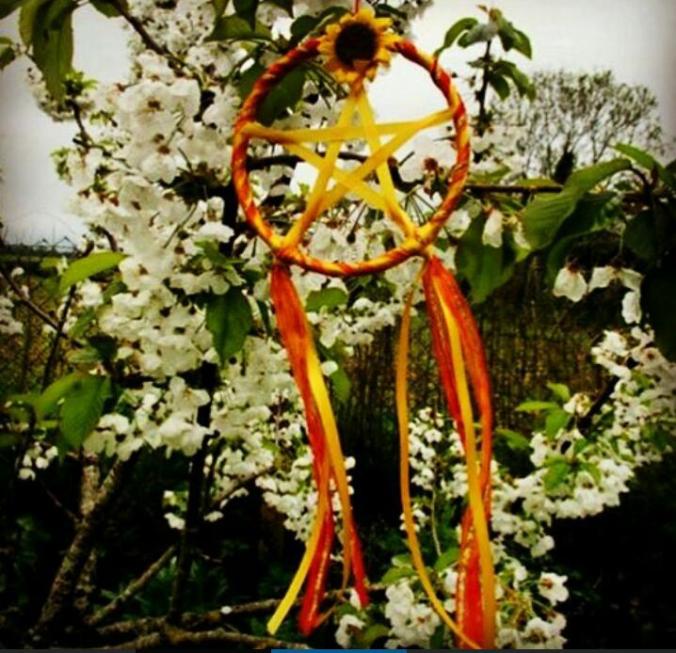


 “I would like to be remembered as a person who wanted to be free … so other people would be free.” Rosa Parks
“I would like to be remembered as a person who wanted to be free … so other people would be free.” Rosa Parks



